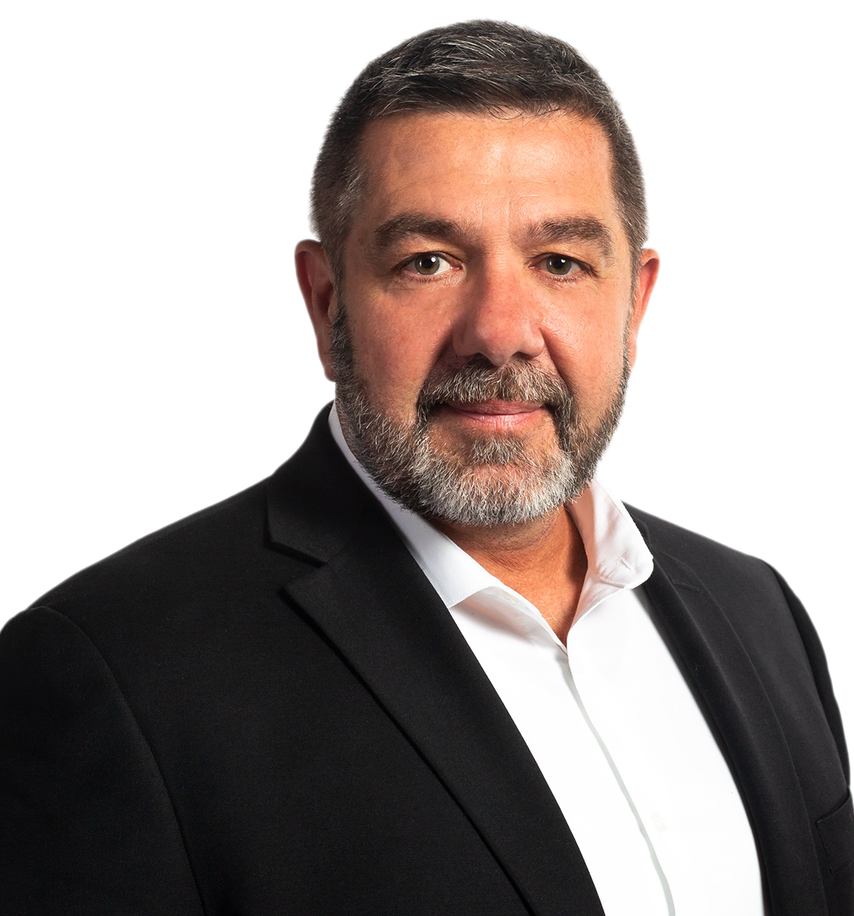

The insurance market was set to hit new highs in 2020. Then COVID-19 happened. That forecast – and the global economic outlook – is now far less certain. But while market growth projections are in a state of flux, the rate of fraud isn’t expected to slow down. Insurance fraud is anticipated to cause anywhere from $80 million to $100 billion in lost revenue this year.
Fraud is sometimes seen as a victimless crime, but it isn’t. It can fund organized criminal activity, it’s often a central vehicle for money launderers, and its proceeds are even used to fuel terrorism. As insurers seek to combat fraud, there are five key trends they need to keep in mind.
1. The new era of fraud investigation
Modern fraud is transnational and agile. The insurance industry can’t rely on traditional techniques to combat what is an evolving enigma. Not so long ago, fraud investigation was a labor-intensive process. Teams on the ground would go door to door to examine cases. Today, this process isn’t just inefficient – it’s insufficient.
As fraud evolves, so must investigators. Today’s fraud fighters need nuanced skill sets and agile ways of working to be able to identify the scams and tactics modern fraudsters are adopting. But they must also strike a delicate balance. While investigators need to gather data and build a case that will result in criminal prosecutions, they must also consider privacy implications that are more stringent than ever before. In the age of GDPR and CCPA, it’s not just a new era for insurance investigation, but a new era for evidence collection, too.
2. The significance of social media
Investigators must also acknowledge the central role that social media plays as a primary source of intelligence. Mining social media for information to uncover hidden relationships and connections between entities is vital to the counter-fraud engine of many insurers. Leading insurers are placing huge value on social media, employing a dedicated team of social media analysts.
But while human expertise will always be critical, the uptake of automation and artificial intelligence is accelerating. There are several tools available to automate social media investigations. The challenge isn’t the availability of the technology, but the compatibility and stability of the platform.
3. The necessary collapse of silos
Until recently, fraud scams were fairly rudimentary. Fraudsters would steal an identity, create synthetic IDs and execute criminal activity. It was a repeatable, linear and somewhat predictable process. Today, however, criminals are more subtle and nuanced in their approach.
One area that insurers need to be particularly conscious of is silos. Whether they’re within departments or interdepartmental (i.e. between cyber and risk divisions), silos enable fraudsters to execute their scams. That’s why insurers are moving to embrace a 360-degree view of fraud and break down the silos. Accordingly, insurance carriers understand that they need to manage their data differently to be able to identify and thwart fraud.
4. The crucial role of consortiums
The value that consortiums offer the insurance industry is increasing. They provide a bird’s-eye view of transactions and shine a spotlight on suspicious activity across multiple carriers and lines of business.
Currently, the maturity of insurance consortiums varies between regions and countries. Organizations like CANATICS in Canada are adept at analyzing cross-carrier activity and providing invaluable surveillance intelligence.
5. The increase in fraud variety
As more insurance products are introduced, the surface area for insurance fraud grows. Fraudsters seek to adapt and exploit the volume and variety that those products offer. For example, life insurance can be gamed by entering incorrect details during the application phase to avoid high premiums. Meanwhile, healthcare insurance can be manipulated by masking existing or underlying conditions.
Newer products are also being targeted. In the US, workers’ compensation insurance is subject to mod factor gaming. Higher salaries are hidden, shell companies are created, and employee classifications are massaged to bring premiums down.
Paradoxically, the one thing about fraud that never changes is the fact that it’s constantly changing. As this pernicious practice continues to evolve, carriers need a partner with a track record of anticipating trends and evolving faster than the fraudsters.

Dennis Toomey is the global director of counter-fraud analytics and insurance solutions at BAE Systems. He has nearly three decades of experience and is a certified fraud examiner in the US.
